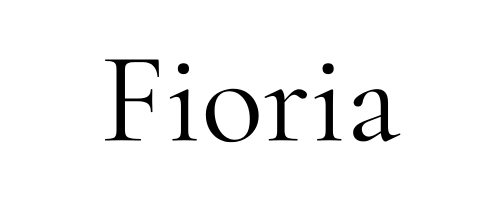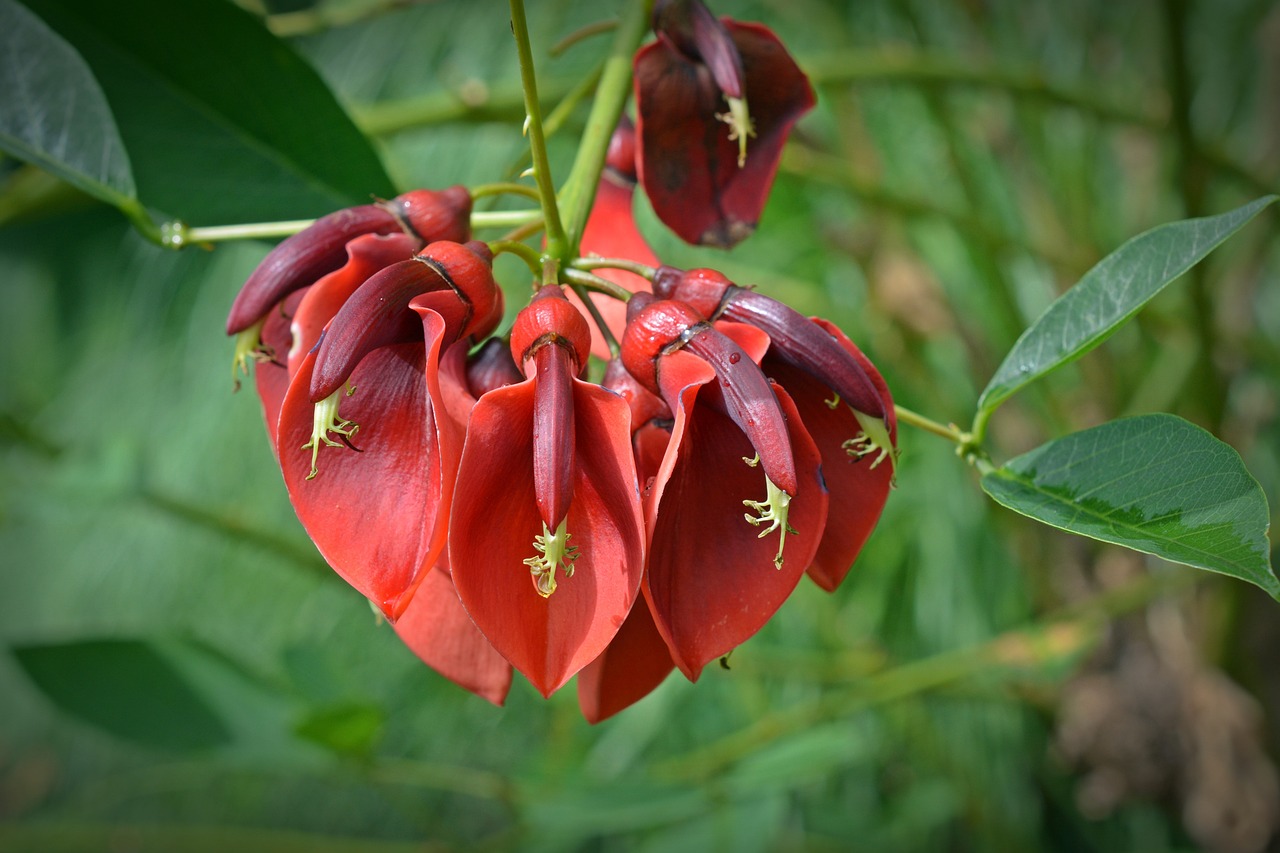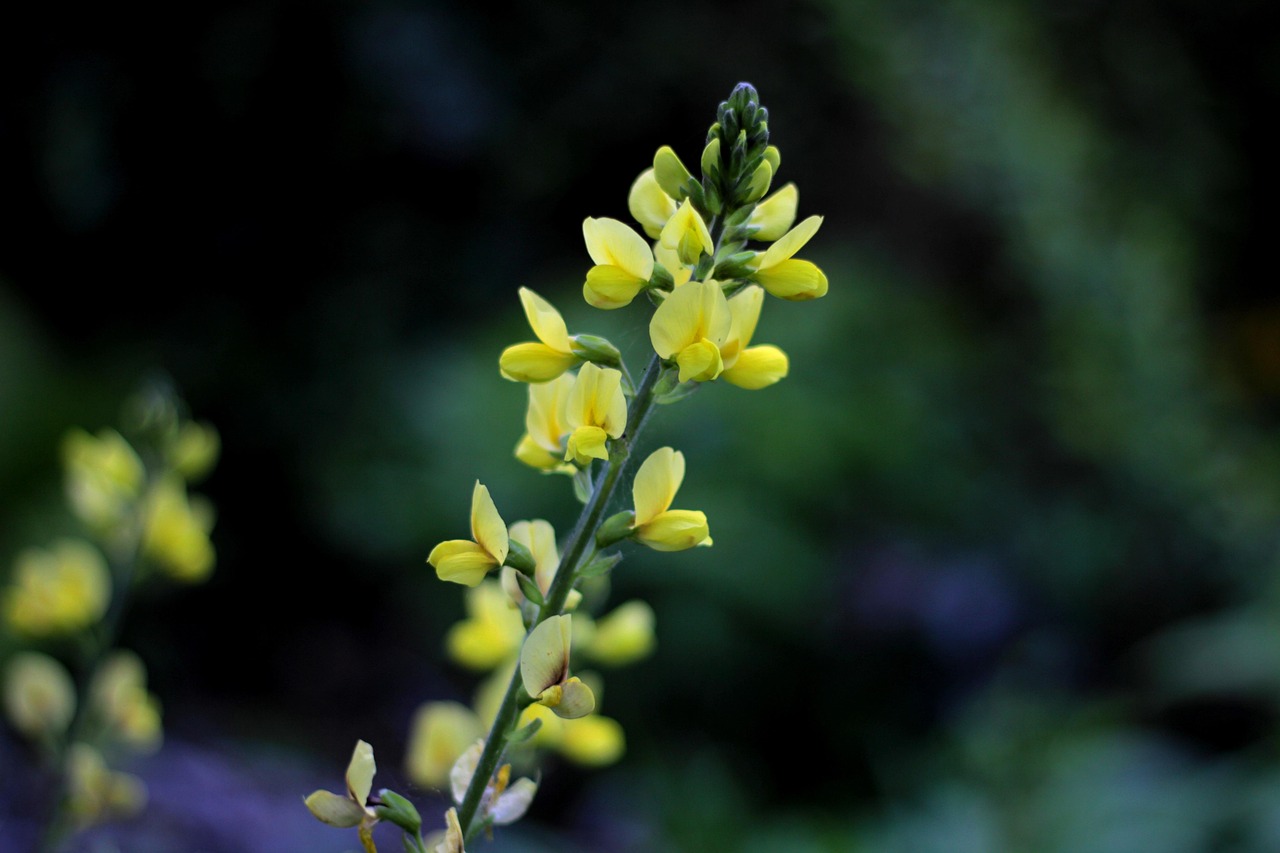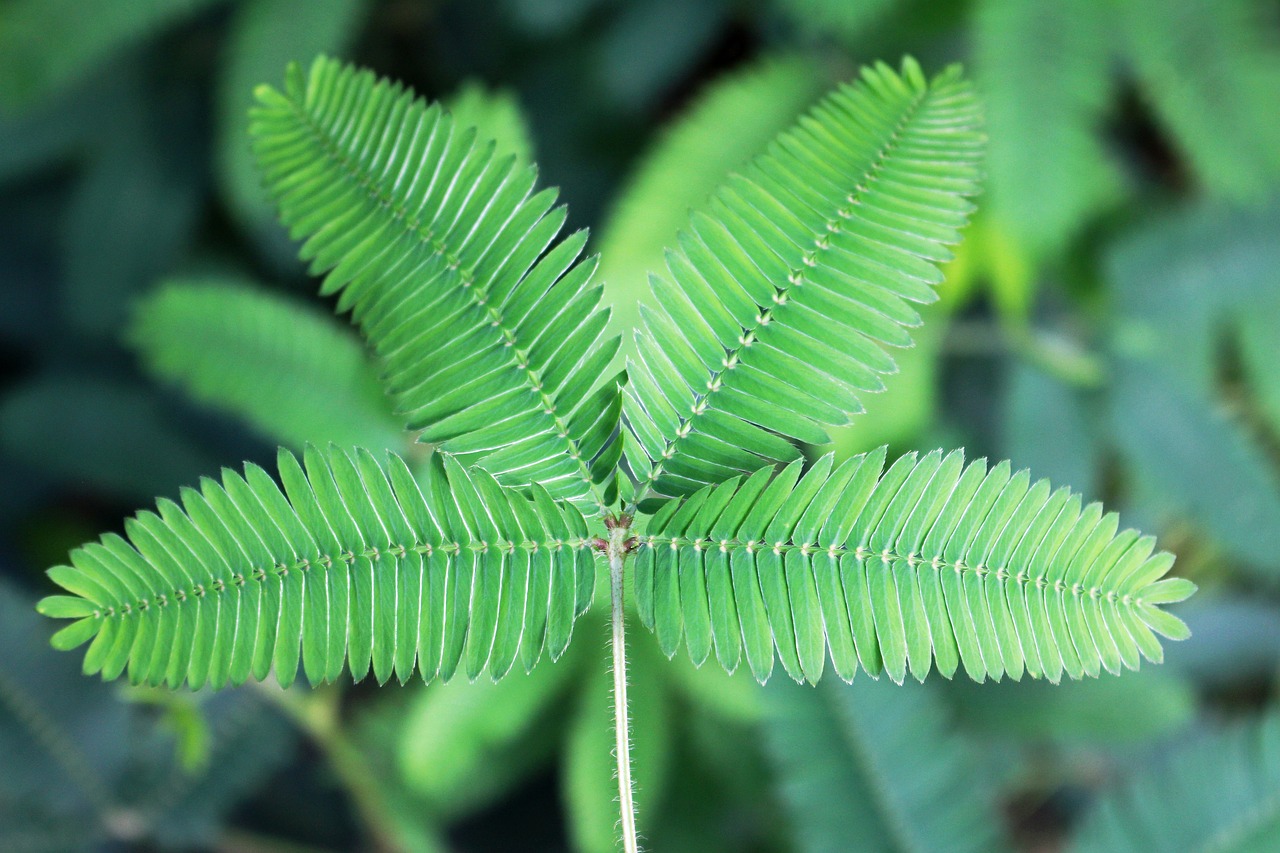Crown Vetch: Features and Care

Crown vetch is a perennial plant that produces small pink to purple flowers clustered in dome-shaped blooms. With its trailing stems and soft foliage, it is widely used as a ground cover for erosion control and landscape greening. Originally from Europe, it has naturalized in many regions and is also appreciated in gardening for its ornamental value.
This article explores the basic information, cultural significance, historical background, and growing tips for crown vetch.
Basic Information
- Scientific name: Securigera varia
- Family: Fabaceae
- Origin: Europe to Western Asia
- Appearance: The stems spread along the ground, with feathery pinnate leaves of gentle green. The flower heads are composed of small pink to purple flowers arranged in a spherical cluster, giving a soft and graceful impression.
- Blooming period: May to August
Cultural Significance Around the World
Crown vetch has been widely used across Europe and beyond for its ground-covering ability and aesthetic appeal. In France and Germany, it is often planted along rural roads and slopes, contributing to picturesque landscapes.
Known as “crown vetch” in English-speaking regions, it was introduced to the United States in the 1950s for erosion control. Its resilience and elegant flowers made it a popular roadside plant, and it has since become naturalized in many areas. The name “crown vetch” comes from the crown-like shape of its flower clusters, which combine ornamental charm with functional use.
Historical Background
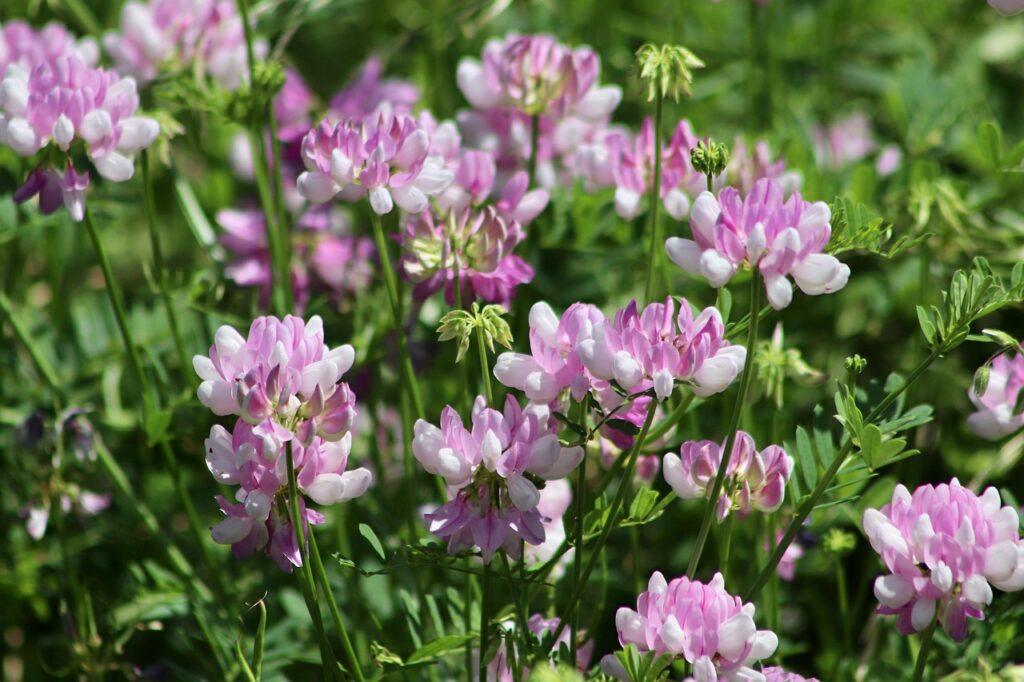
Originally growing in the grasslands of Europe and Western Asia, crown vetch gained attention in the late 19th and early 20th centuries for its role in erosion control. Agricultural and forestry institutes across Europe tested its adaptability and effectiveness.
In the United States, it was adopted for large-scale infrastructure projects such as highway construction and dam building after World War II. Its use as a pioneer in ecological landscaping marked a shift toward environmentally friendly urban design.
Today, crown vetch is valued not only for its practical applications but also for its role in local ecosystems, especially in habitat restoration projects and naturalized settings.
Gardening Advice
Crown vetch is highly adaptable and well-suited to natural-style gardens. However, due to its vigorous spreading habit, careful planning is important to maintain its growth.
Sunlight
Thrives in full sun. In shaded areas, flowering may be reduced.
Watering
When planted in the ground, natural rainfall is usually sufficient. For container-grown plants, water when the top layer of soil becomes dry. Avoid waterlogging.
Soil
Prefers well-drained soil with a neutral to slightly alkaline pH. It tolerates poor soil, but mixing in compost at planting time will support healthier growth.
Fertilizer
Requires little fertilization. A small amount of slow-release fertilizer at planting is adequate.
Pruning
After blooming, cut back excess growth to maintain shape and control spreading. Light pruning is enough if a natural look is preferred.
Cold tolerance
Tolerant of cold weather and can overwinter outdoors in mild to temperate regions. In colder areas, mulching around the base of the plant helps protect the roots.
Conclusion
Crown vetch is a charming perennial known for its pink to purple globe-like flower clusters. Originally from Europe, it spread globally as an erosion control plant and became a staple in infrastructure and landscaping.
While it is now naturalized in many areas, it also brings graceful beauty to gardens. Its vigorous growth requires management, but its ability to evoke a natural meadow-like scene makes it an excellent choice for those seeking seasonal charm with a wild touch.
